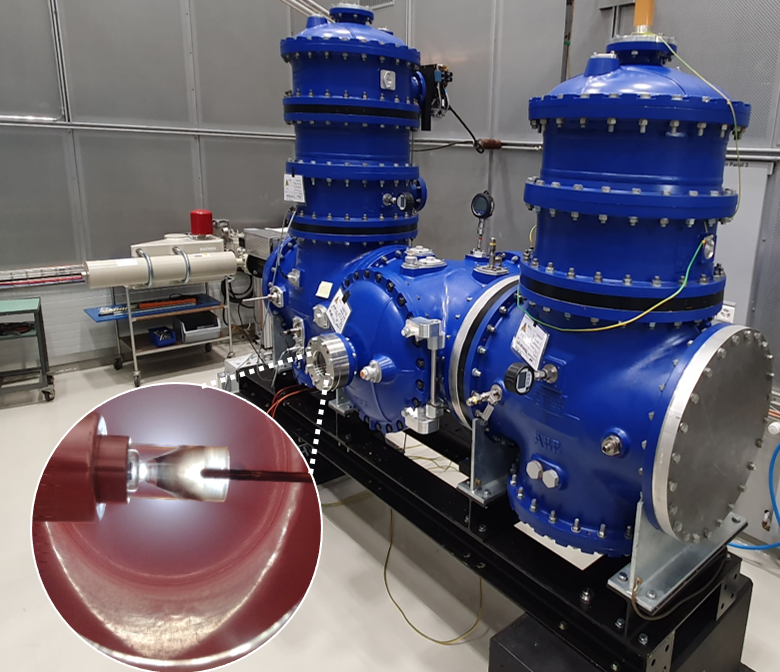Current Interruption

Gas and Vacuum Circuit Breakers are the cornerstones of all electric power transmission and distribution systems around the world today. Decades of research and development have progressed the state-of-the art switchgear from early oil based interrupters, via air-blast breakers towards gas and vacuum interrupter technology.Today's research and development is mostly devoted to increasing the interruption performance of existing technology, to develop new technology for switchgear in HVDC networks, and to establish environmental friendly interruption media for all voltage levels.
Our ongoing research topics are currently:
SF6 is today also the most frequently used substance in gas circuit breakers, due to its excellent arc extinction properties. However, environmentally friendly alternatives are ugently needed and efforts in industry and academia are constantly growing. An increasing number of publications on the topic are available, but the body of literature on switching in non-SF6 gases is still predominantly presented by manufacturers working with the different gases. The investigations are typically performed in example switchgear that is derived from the manufacturers SF6 portfolio and (naturally) not all details are fully disclosed.
The current interruption process in gas circuit breakers is typically divided into the arcing phase (before current zero (CZ)) and the interruption phase (after CZ). The processes directly at and a few us after CZ are called the "thermal phase", the period thereafter "dielectric phase". Decades of research and development of SF6 gas circuit breakers and their current interruption behavior have led to a detailed understanding of the processes in these different phases. For non-SF6 gases, studies on the arcing and interruption phase are much more limited. The present research aims to achieve a more detailed basic understanding ofthe transient arc processes directly around CZ in pure CO2 and mixtures of CO2 with O2 and/or fluorinated compounds. For this purpose, a dedicated puffer-type interrupter is designed and build that allows for flexible adjustment of the nozzle, the travel curve and constant blow pressure at current zero, as well as dedicated diagnostics of the arc.
Besides researching on interrupter technology, we're continuously developing diagnostic methods for advanced switchgear research:
Basis of all interrupter developments in the past was the use of sources generating sinusoidal currents, e.g. from rotating electrical machines or from resonance circuits. In the last years, research has focused on developing sophisticated diagnostic methods and computational fluid dynamic models to understand the complex processes occurring inside an arc, especially during the current interruption process. In this setting, we have developed a fundamentally different approach to analyze the behavior of switching arcs: a flexible pulsed current source that can generate an “arbitrary” current of up to 24 kA and very steep rates of rise of currents to probe the arc in a way that enables a more detailed understanding of the arc itself with reduced diagnostic effort. With this source, it was demonstrated that the characteristic properties of an arc, e.g. its axial electric field distribution or the time it takes to equilibrate all processes in response to a change of the current, can be determined over a wide range of conditions. With the source it is also possible to emulate the current shape in HVDC networks (DC current superimposed with harmonic ripple) and to study the load current commutation process by bus or line transfer switching operations. Main motivation to build the source was to enable an increased understanding of the arcs, but it was soon realized that the benefits of adjusting the current in minutes by an operator on the computer, rather than in hours by rewiring the test setup sparked interest by many other groups and enable a systematic screening of the arc behavior in a wide parameter range.
Partnership: Hitachi Energy, external page SFOE
Researchers: Deepshikha Kumari, Henning Janssen, Philipp Simka, Tino Gfrörer and Chi-Ching Hsu